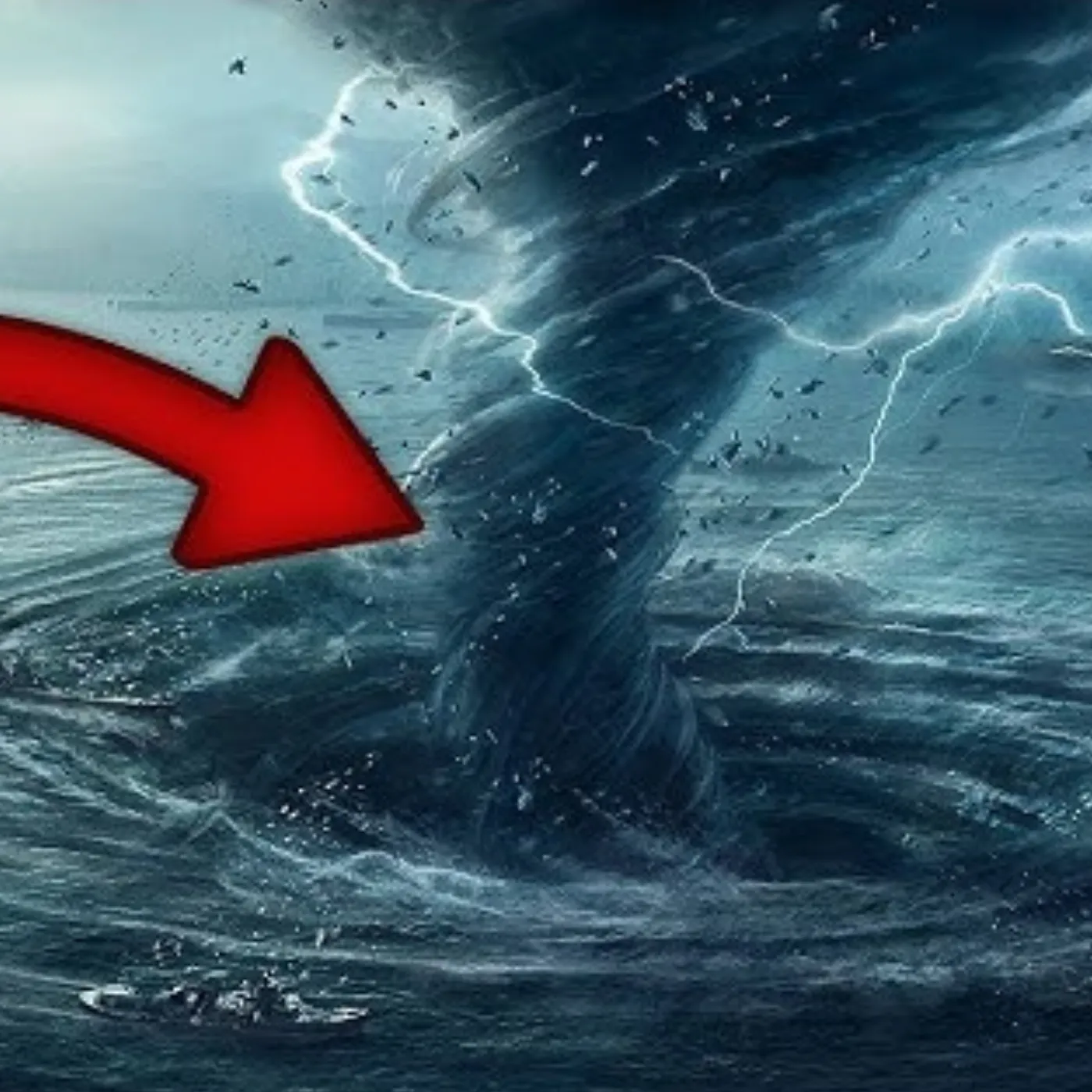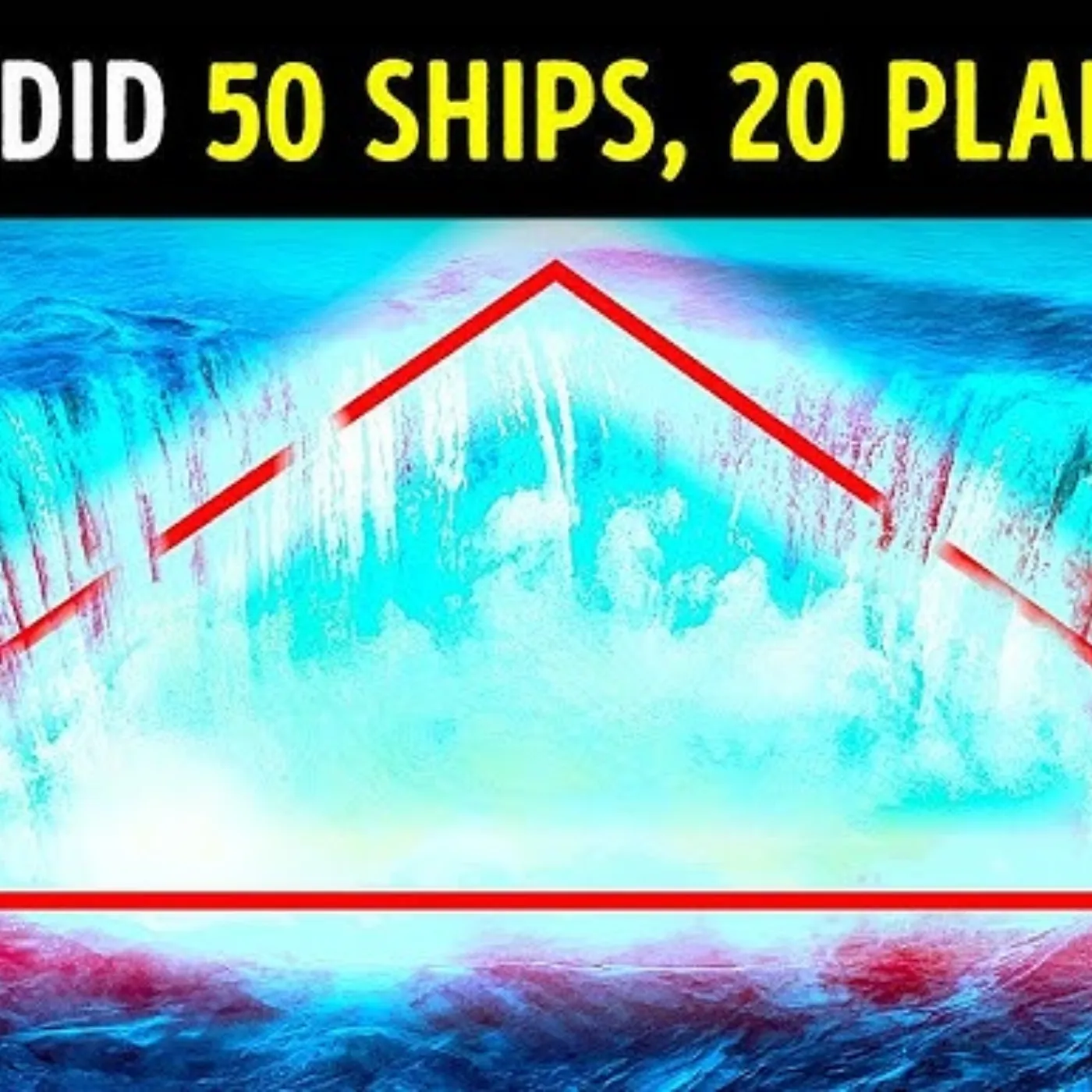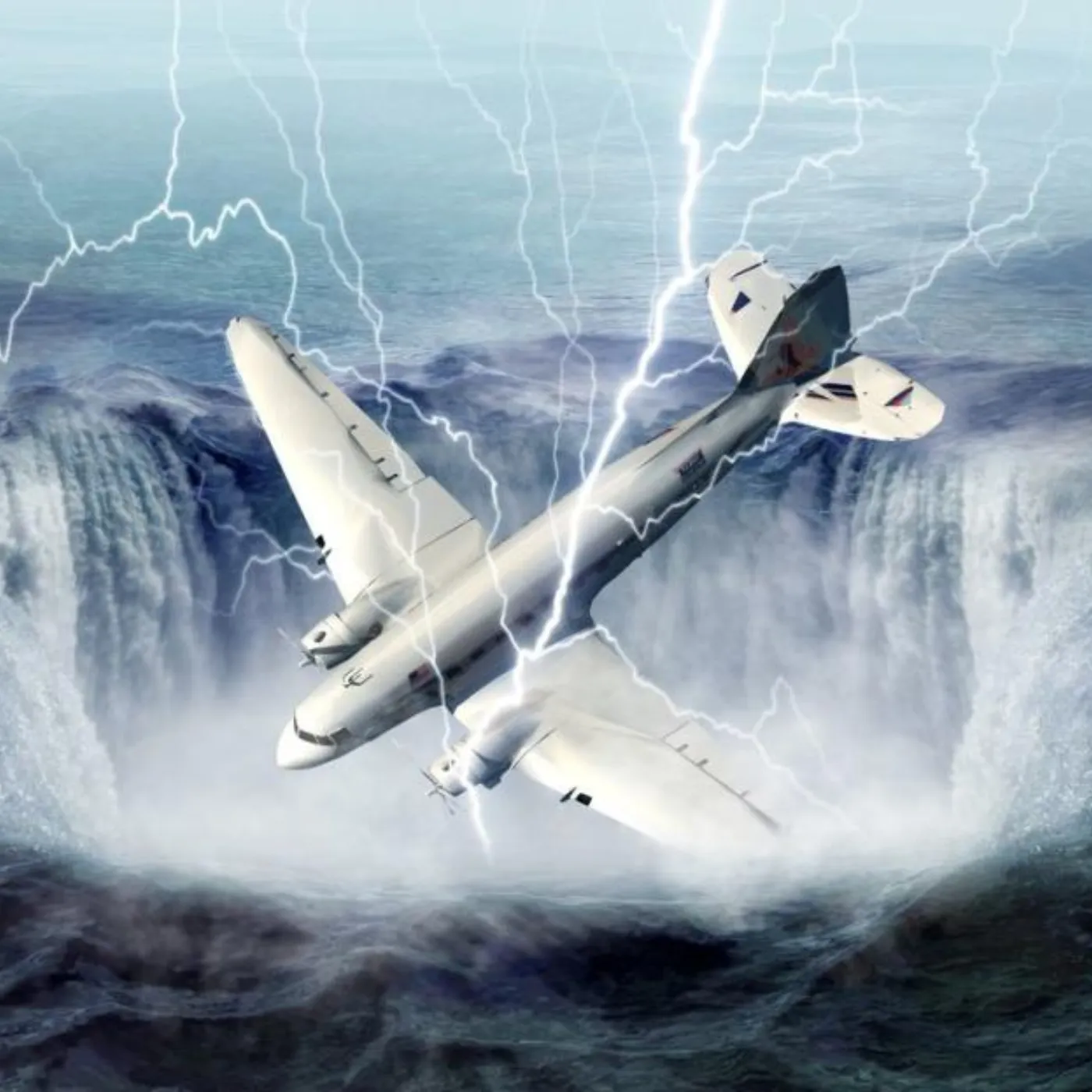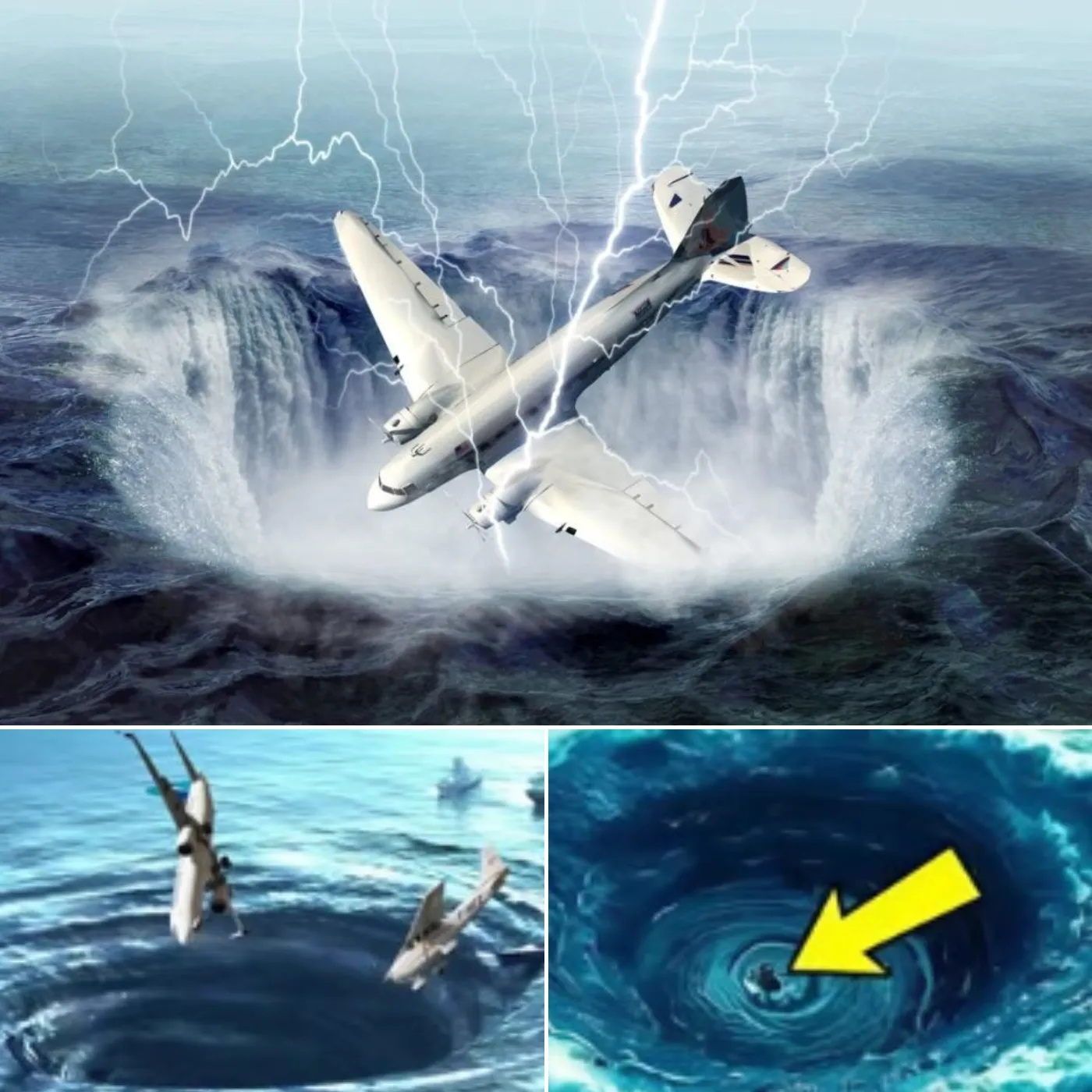The mystery of the Bermuda Triangle, where planes remain forever, is breaking.
The Bermuda Triangle, a mysterious area in the North Atlantic Ocean, has long captivated the imagination of the world. Known as the “Devil’s Triangle,” this region, which spans from Miami to Bermuda and Puerto Rico, has been the site of countless disappearances of ships, planes, and people. For decades, theories ranging from alien abductions to magnetic anomalies have sought to explain the Triangle’s eerie reputation. Now, groundbreaking research is shedding new light on the enigma, bringing us closer to uncovering the truth about what really happens in the Bermuda Triangle.

What Is the Bermuda Triangle?
The Bermuda Triangle covers approximately 500,000 square miles of ocean. This infamous region first gained attention in the 1940s when Flight 19, a group of five U.S. Navy bombers, vanished without a trace during a routine training mission. Rescue planes sent to find them also disappeared, adding to the mystery.
Since then, the Bermuda Triangle has been linked to the unexplained loss of dozens of ships and planes, often with no distress calls or evidence of wreckage. These incidents have baffled experts and fueled speculation, making the Bermuda Triangle one of the world’s greatest unsolved mysteries.
Breaking the Mystery: New Theories Emerge
Recent scientific studies and technological advancements have begun to unravel the mystery of the Bermuda Triangle. Researchers have identified several natural phenomena that could explain the disappearances, shifting the narrative from supernatural theories to more grounded explanations.
Rogue Waves
One of the most compelling theories involves rogue waves, which are massive, unpredictable ocean waves that can reach heights of up to 100 feet. These waves have the power to sink even the largest ships and could explain the sudden disappearances of vessels in the Bermuda Triangle.
Methane Hydrates
Scientists have discovered methane gas pockets on the ocean floor in the Bermuda Triangle. When these pockets release gas, they create bubbles that can reduce water density, causing ships to sink rapidly without warning. Similarly, methane eruptions could interfere with aircraft engines, leading to crashes.
Magnetic Anomalies
The Bermuda Triangle is known for its unusual magnetic field. Compasses often behave erratically in the region, potentially disorienting pilots and ship captains. This magnetic phenomenon, known as “true north deviation,” may have contributed to many historical disappearances.
Extreme Weather Patterns
The Bermuda Triangle is frequently hit by hurricanes, tropical storms, and sudden squalls. These volatile weather conditions can appear without warning, making navigation dangerous and increasing the likelihood of accidents.
Debunking the Supernatural Theories
While natural explanations are gaining credibility, the Bermuda Triangle remains a hotbed for conspiracy theories. Some believe the region is a gateway to another dimension or that aliens use it as a base for abductions. Others speculate about the involvement of underwater civilizations or remnants of the lost city of Atlantis.

However, most experts agree that these theories lack evidence and are unlikely to explain the disappearances. Instead, they argue that the Bermuda Triangle’s reputation is amplified by human error, navigational challenges, and sensationalized stories.
Notable Disappearances in the Bermuda Triangle
The Bermuda Triangle’s mysterious reputation is rooted in several high-profile incidents:
Flight 19 (1945): Five Navy bombers and a rescue plane vanished without a trace during a training mission.
USS Cyclops (1918): A U.S. Navy ship carrying over 300 people disappeared en route to Baltimore, with no wreckage ever found.
The Carroll A. Deering (1921): A five-masted schooner was discovered abandoned, with no sign of its crew.
Star Tiger and Star Ariel (1948-1949): Two British South American Airways planes vanished on separate flights over the Bermuda Triangle.
The Role of Modern Technology
Advances in technology are helping researchers investigate the Bermuda Triangle more thoroughly. Satellite imaging, underwater drones, and improved weather monitoring systems are providing valuable insights into the region’s conditions. These tools have allowed scientists to better understand the environmental factors contributing to accidents in the area.
Additionally, digital archives and databases are helping researchers revisit historical cases, separating fact from fiction and identifying patterns that may explain the Triangle’s mysterious reputation.
The Bermuda Triangle Today
Despite its ominous reputation, the Bermuda Triangle remains one of the busiest shipping and flight routes in the world. Modern navigation systems and safety protocols have significantly reduced incidents in the area, though the Triangle continues to intrigue adventurers and researchers alike.
For those fascinated by its mystery, the Bermuda Triangle represents more than just a geographical location—it’s a symbol of the unknown. As science progresses, we may eventually solve its riddles, but the allure of the Triangle’s mysteries will likely endure.

The Bermuda Triangle has mystified humanity for decades, blending folklore, science, and speculation into one of the world’s most enduring enigmas. While recent research has provided plausible explanations for many of the disappearances, the region’s reputation as a place of mystery and danger remains intact.
As scientists continue to explore and uncover the Triangle’s secrets, one thing is certain: the Bermuda Triangle will always be a reminder of humanity’s quest to understand the unknown. Whether it’s rogue waves, magnetic anomalies, or something we’ve yet to discover, the Bermuda Triangle challenges us to keep searching for answers.




Post Comment